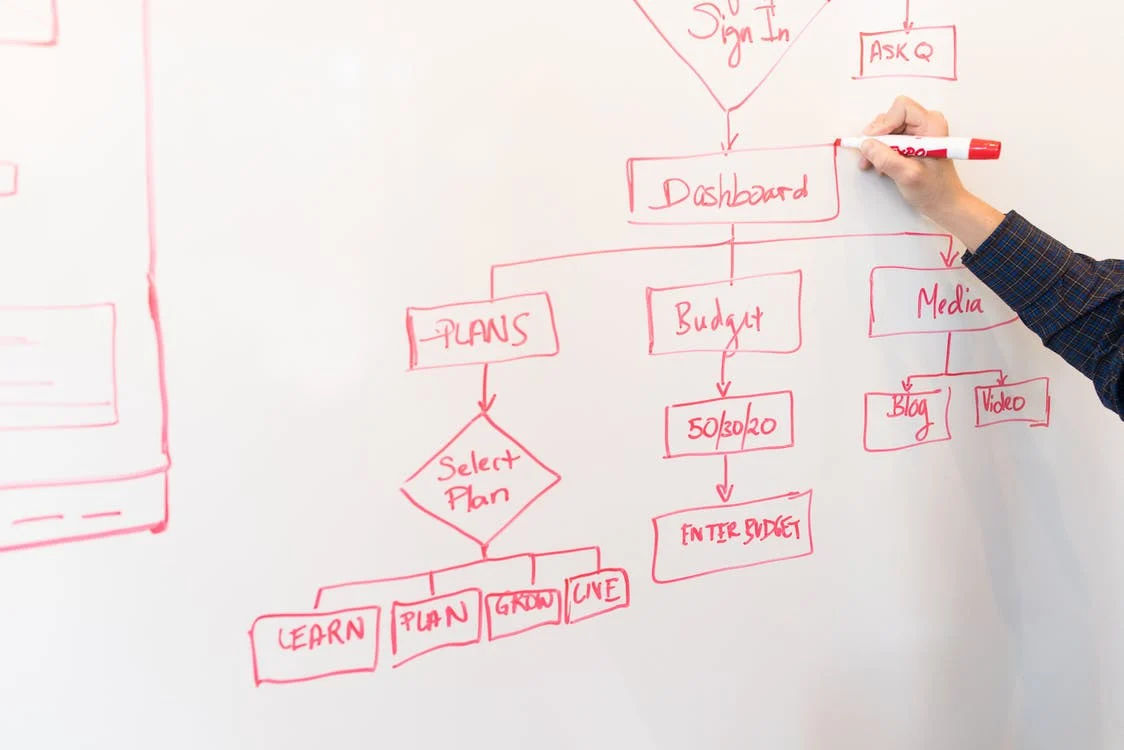As an entrepreneur, you should still strive to increase the effectiveness of your worksite; therefore, you should embrace any instrument or service that assists you in that quest. Simplifying your company’s operations can also help your employees become more productive and equal more sales. A flowchart, a visual or schematic depiction of a procedure, is another tool to examine. Flowcharts have several applications in amusement, architecture, liberal arts, and software coding. Flowcharts convey how a system operates or should function without employing complicated technical language. Click here to learn more regarding the uses of flowcharts in any presentation.
Learning the significant applications of flowcharts might assist your firm run smoothly.
Analyze and resolve issues
It’s tough to address errors and difficulties in procedure when you don’t understand what went awry and where it happened in the process. That is why debugging is such an essential function of a flowchart. To create a debugging flowchart, start by describing the issue and putting it in a column at the beginning of the flowchart. Depending on the topic you discovered, you would next draw an arrow to squares with different probable explanations for that issue, and finally boxes with potential answers.
Provide data that is sufficient
Flowcharts are an effective way to document procedures in the workplace that everybody can comprehend and that can eventually be used in other departments. Because everyone can comprehend these flowcharts, there is a greater incentive to improve operations through block contains removal and components that help. Becoming willing to record the procedure, discuss why it is done the way it is, and keep it on-site is a significant advantage for your facility.
Analyze task scheduling
Flowcharts can also determine how much it requires to perform each activity in a particular process. These graphs are usually horizontal and read from left to right. You can add rows to the scheduling chart to show how you clock each task, allowing you to analyze the activities in the workflow in terms of time. This is incredibly useful when assessing deadline-oriented activities and procedures since the data indicate regions where tasks demand better productivity and locations where one action’s fulfilment relies on the completion of another. Flow charts that examine timing are beneficial when multiple teams are needed on a task, and interaction is critical.
Interaction
Production flowcharts are frequently used by corporate designers and others engaged in process development. This application enables you to explain procedures and potential issues on the ground to administration in a manner that they can comprehend, possibly forcing them to adjust the procedure or deploy new gear.
Create a work plan
Among the essential applications of flowcharts is to describe, using visuals, how a system is carried out from beginning to end, often sequentially. A production flow diagram is frequently used in instruction to illustrate an established system or assess its efficiency. A production flow diagram, for instance, can highlight inefficiencies or task repetition when you’re uncertain whether a particular procedure is valuable. You can add icons to your flowchart, each representing a person or party in charge of a task, choice, or outcome.

